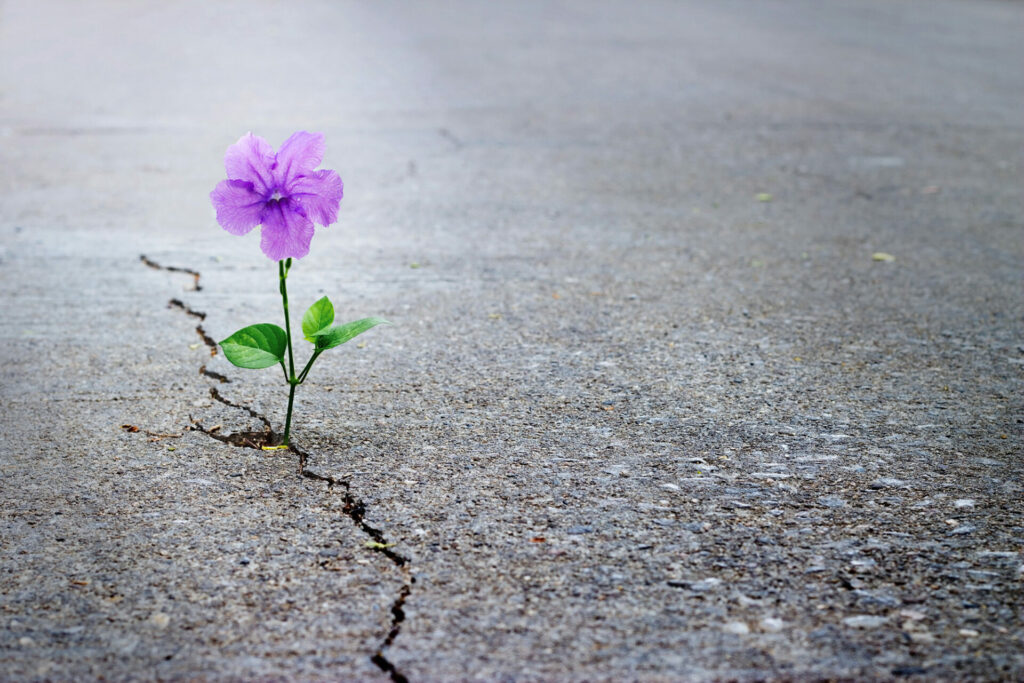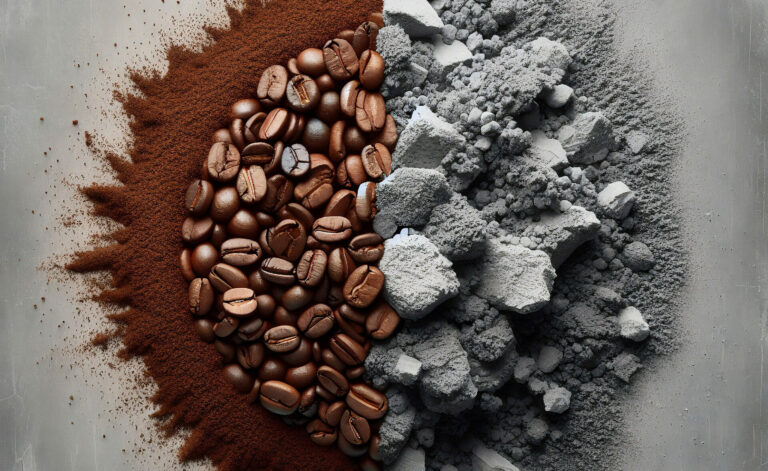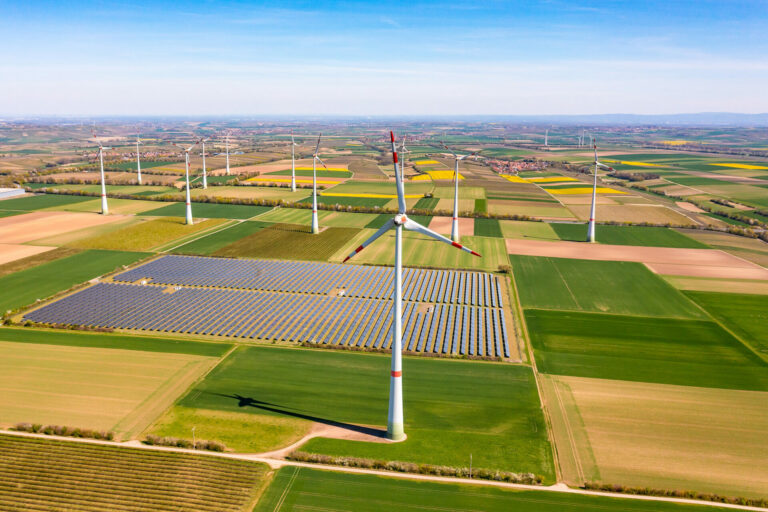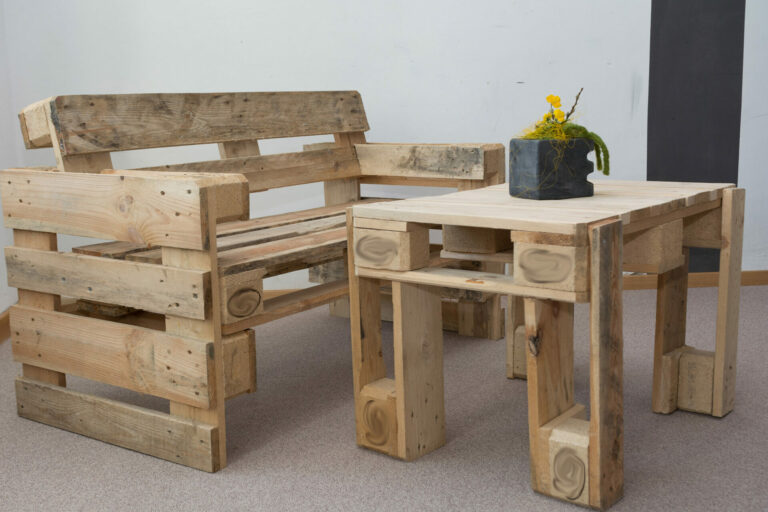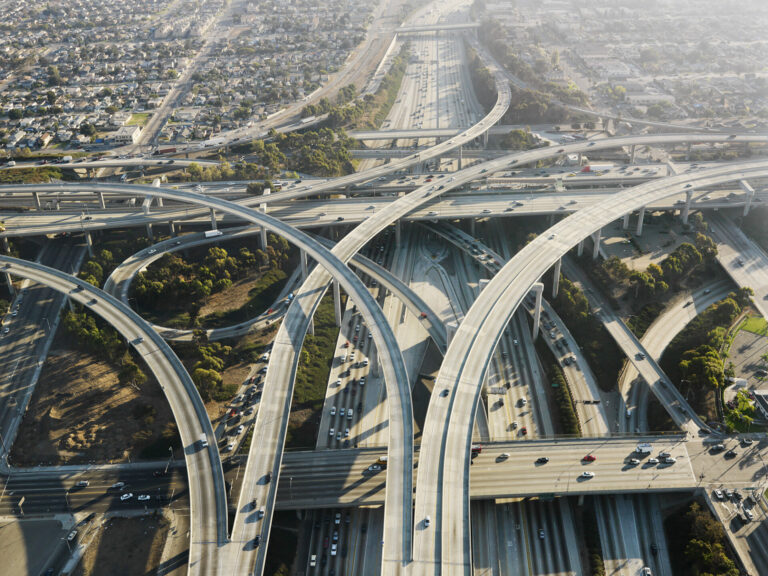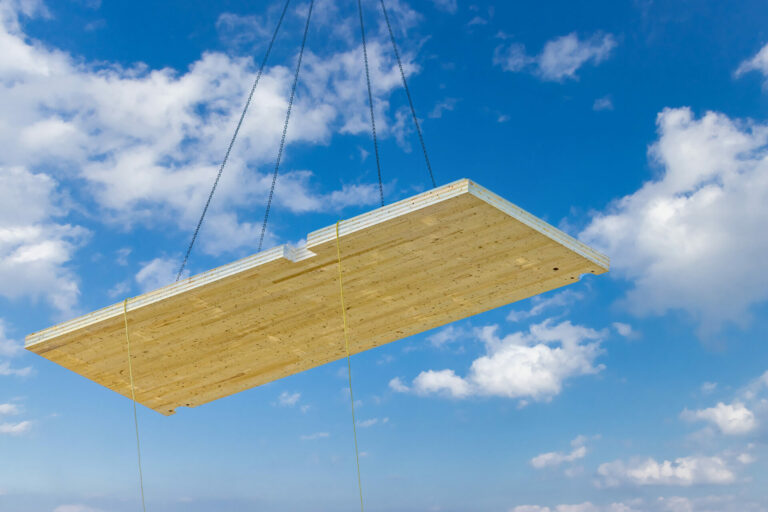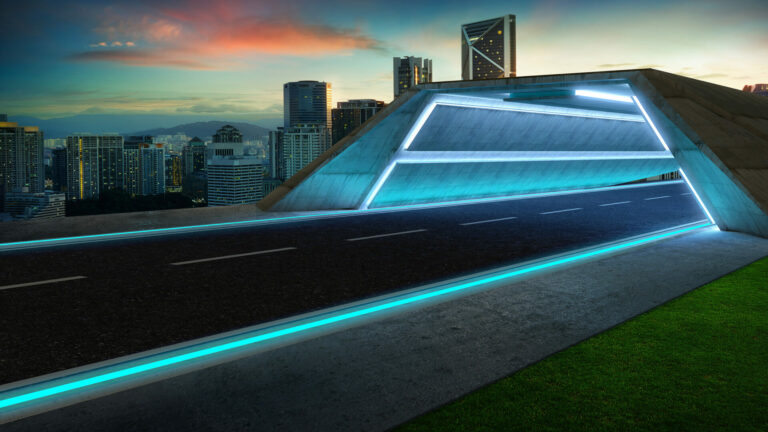Cities around the world are continuing to work on novel and innovative ways of cooling their streets down. Unfortunately, this is something that has now become an immediate and severe challenge. Studies initially claimed that heat contributed to around 1,500 deaths each year, with this figure largely being made up by homeless people and those working in low-paid, outdoor jobs. However, experts believe that heat-related fatalities are largely unreported and that the figure is exponentially higher. The largest scale study using more modern, accurate, measures, shows that between 1997 and 2006 there were around 12,000 heat-related deaths per annum. The big picture is that heat is a hugely damaging and dangerous aspect of modern living. According to a Bloomberg report, around one eighth of humanity lives in extreme heat for six months of every year while scientific discoveries are showing that humans are much more susceptible to heat than first thought. The resulting impact of this silent and invisible killer is also a considerable one from a financial perspective. The cost on human life can run into billions of dollars in economic damage.
The simple fact is that, when hotter climates and rising temperatures are paired with towns and cities with colossal amounts of concrete and asphalt, poor outcomes are almost guaranteed. While governments and city planners are trying to mitigate against these threats, not enough is being done. Phoenix, Arizona is America’s hottest city with temperatures getting close to 100 degrees Fahrenheit by April each year. West of downtown Phoenix, there is an area named by the 1,000 unsheltered people who live there, as “the Zone.” This stretch of shadeless streets is one of the largest homeless encampments in the United States. In this space, residents find no respite from the heat, with little support and medical attention for their heat exhaustion, peeling skin and blisters. According to one resident, the community comes together to ensure that everyone is kept safe. “If you’re going outside, let somebody know where you’re going so you can be tracked so you don’t pass out, out there,” he said. “If you fall out in the heat, you don’t want a third-degree burn from the ground.”

While Phoenix is an extreme example of how heat can have catastrophic effects on a city, it is not the only such place. Heatwaves are now a common occurrence across North American cities each year, bringing significant challenges to the homeless populations that reside there. Mitigating programs and tools, it seems, may have reached an impasse. Green infrastructure such as tree-lined streets, and reflective paint that works against asphalt’s natural heat-retaining properties, can only go so far. In fact, heat related issues are not the only challenges caused by the increasing number of paved areas across the country. According to recent evidence, impervious materials such as the ones used in pavement can result in flash flooding and other weather-related catastrophes. A study conducted by Annalise Blum and a team of co-authors showed that every time a city expands its road network by one percentage point, the annual flood magnitude in nearby waterways increases by 3.3 percent. The team used data spanning 39 years and according to Blum, this has ensured the rigor of the report. “By using data in both time and space dimensions, we were able to soak up all of that noise and isolate the causal effect.” Given that paved roads and parking lots make up around 30 percent of urban areas —and this figure rises to over 60 percent in cities such as New York, there is a very real problem.
It is interesting, therefore, to learn about Depave, a re-wilding company based out of Portland, Oregon. Urban re-greening is the facilitation and development of green spaces, structures, and focal points in cities. Structures such as green walls, green roofs and even tree planting all contribute to re-greening. This strategy, called ecosystem-based adaptation by the UN Environment Program, is fast becoming a vital element of city life, both newly built and retrofitted. “Ecosystem-based adaptation (EbA) is a strategy for adapting to the adverse impacts of climate change by harnessing nature and the services it can provide. This strategy is crucial for cities and peri-urban areas, threatened by a multitude of climate hazards and home to more than half the human population.”
“Depave is on a mission to maximize the potential for re-wilding through education, empowerment and technical assistance to support disenfranchised communities.”
Depave is on a mission to maximize the potential for re-wilding through education, empowerment and technical assistance to support disenfranchised communities. “Our goal is to overcome social and environmental injustices and adapt to climate change through urban re-greening. Depave transforms over-paved places, creates resilient community greenspaces, promotes workforce development and education, and advocates for policy change to undo manifestations of systemic racism.” The company does this through its highly skilled and knowledgeable team of scientists, biologists, architects and environmentalists and covers technical elements of the process such as site investigation, stormwater treatment, funding, permitting, equipment, excavation and recycling.
According to Ted Labbe, Co-Director at Depave, the company has grown from one single project that, while initially not conceived as such, proved the efficacy of its approach. “Our first project was a one-off,” said Labbe, “But it was so successful that the next year we got solicited to do three projects, and then five the year after that. It just kept escalating.” According to Brendan Shane, climate director at Trust for Public Land, the need for depaving is a clear and simple one. “We’ve had a love affair with paving things for several generations. We have too many unnatural paved surfaces and not enough natural surfaces, and that’s creating these urban heat islands [and] rapidly flooding neighborhoods.”
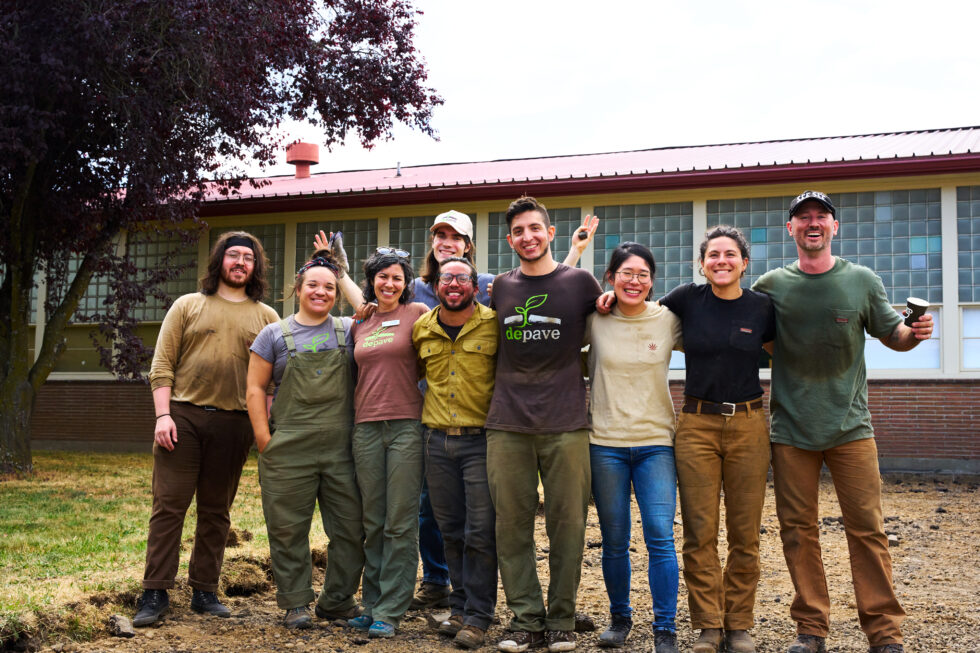
No sooner have communities managed to make some headway with the environmental considerations and challenges we currently face, even more come into view. Heat and flooding as a result of paved surfaces are issues that many may not have considered before. However, both of these are resulting in grave consequences for those citizens that live with a greater risk of damage from the elements. It is encouraging, therefore, that Depave is working towards a more sustainable and equitable future. With seven hubs set up across the United States and Canada, it is a growing and developing movement. For the company, however, things are only just getting started. “Depave’s work has always been at the intersection of the environment and community-building, and we prioritize collaborating with historically disenfranchised communities that lack access to greenspace. In 2021, we strengthened and deepened Depave’s commitment to equity and anti-racism. With financial support from the Meyer Memorial Trust, we held a virtual board retreat focused on diversity, equity, inclusion, and justice that resulted in updating Depave’s mission to empower disenfranchised communities.”









